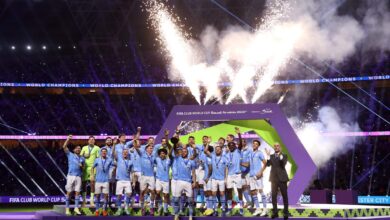World Cup 2026: Who’s qualified, who’s struggling and which underdogs have a shot at glory?
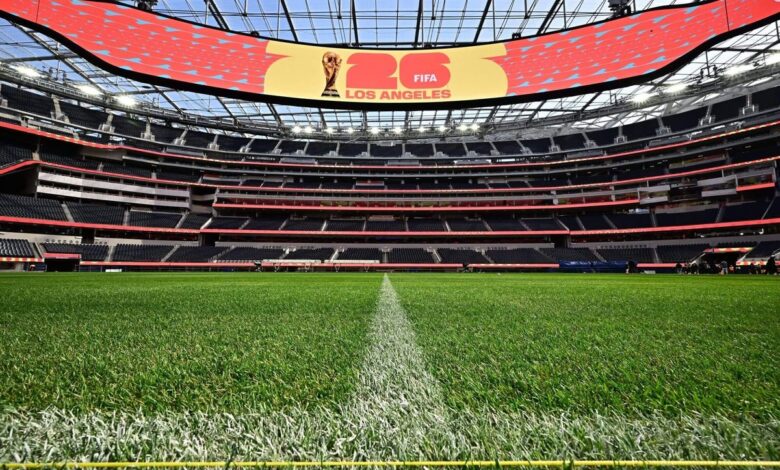
The 2026 World Cup in the United States, Mexico and Canada is exactly a year away.
Plans are being made, hopes are being raised and the countries whose citizens are not presently allowed to travel to one of the tournament’s host nations are being checked.
So far, more than 500 matches have been played since the first qualifier in October 2023, to narrow 206 teams down to the 45, plus the three co-hosts, who’ll participate in the tournament. Ten have already secured their places alongside the three hosts and 67 have been definitively eliminated (and one has pulled out), and while some of the established powers are in, others are wobbling. Two nations have also qualified for the first time.
As the clock starts to tick down to that opening game at Mexico City’s Azteca Stadium next June 11, here is the state of play: who’s in, who’s out, who’s hopeful and who’s worried.
Europe
Already qualified: None
The qualification process hasn’t even started for almost half the European nations yet, including some of the biggest hitters — Germany, Spain, France and Portugal. Nobody has confirmed qualification, but some teams are already in decent shape: Norway, England and Bosnia-Herzegovina have 100 per cent records from four, three and three games respectively, and it will take some effort from this point for them not to qualify.
A couple of others have got off to sticky starts, but nobody is in more turmoil than Italy: they have only played two qualifying games, winning one, but the first of them — a 3-0 thrashing in Norway — was enough for them to dispense with head coach Luciano Spalletti. They’re already nine points back from the Norwegians, so might have to take the play-offs route in pursuit of one of the last four of Europe’s 16 spots. If Italy fail to qualify, they will miss their third World Cup in a row, which is pretty extraordinary for one of the tournament’s most historically successful teams (four trophies).
Asia
Already qualified: Australia, Iran, Japan, Jordan, South Korea, Uzbekistan
The Asian qualification process is so vast and unwieldy that it started in October 2023. It involves up to six rounds, the third of which has just been completed. And while established powers Australia, Iran, South Korea and Japan have already qualified as expected, they have been joined by some more surprising candidates.
Iran supporters have seen their team qualify (Atta Kenare/AFP)
Jordan are through to their first ever World Cup, an incredible achievement for a country whose closest previous attempt had been losing 5-0 against Uruguay across two legs of an intercontinental play-off in 2014.
Last week, they sealed second place in their group and thus automatic qualification,, with a 3-0 win against Oman, thanks to a hat-trick from Ali Olwan. It’s an incredible feat, but perhaps not quite such a colossal shock, given it comes after they reached the final of the 2023 Asian Cup (that confederation’s four-yearly Euros and Copa America equivalent), when they lost to Qatar.
Jordan have done this without many stars, which is not quite the case for fellow first-time qualifiers Uzbekistan, whose ‘golden generation’, featuring Roma forward Eldor Shomurodov and Manchester City defender Abdukodir Khusanov, took them through. National president Shavkat Mirziyoyev was so delighted that he bestowed a variety of awards and honorary titles on the players, the coaching staff and everyone down to their photographer and the deputy chairman of the team’s fan club.
This isn’t where Asian qualification stops. Oh no.
The teams that finished third and fourth in the three third-phase groups go into another one, this time two groups of three. These include Saudi Arabia, who are in real danger of not qualifying, which would be surprising given their performance in the 2022 finals, when they defeated ultimate champions Argentina in the group stage, but also pretty embarrassing for everyone involved, not least Gianni Infantino, given their increasing political importance to the FIFA president and Saudi’s status as tournament hosts in 2034.
Current Asian champions Qatar are also in that mix, bidding to make it as qualifiers for the first time after getting in as hosts of the 2022 World Cup. A more surprising presence is that of Indonesia, led by head coach Patrick Kluivert and bidding to qualify for the first time since 1938, when the country was known as the Dutch East Indies, which would be a pretty incredible turnaround given they were suspended from taking part in qualifying for the 2018 tournament.
One team that won’t be there is Palestine. In some respects, it’s astonishing they were even able to take part, given the turmoil in the region, but they were seconds from making it to the next phase, hanging onto a 1-0 lead against Oman in the final seconds on Tuesday, only to concede a 97th-minute penalty. That was converted, the match finished 1-1, and Oman went through in their place.
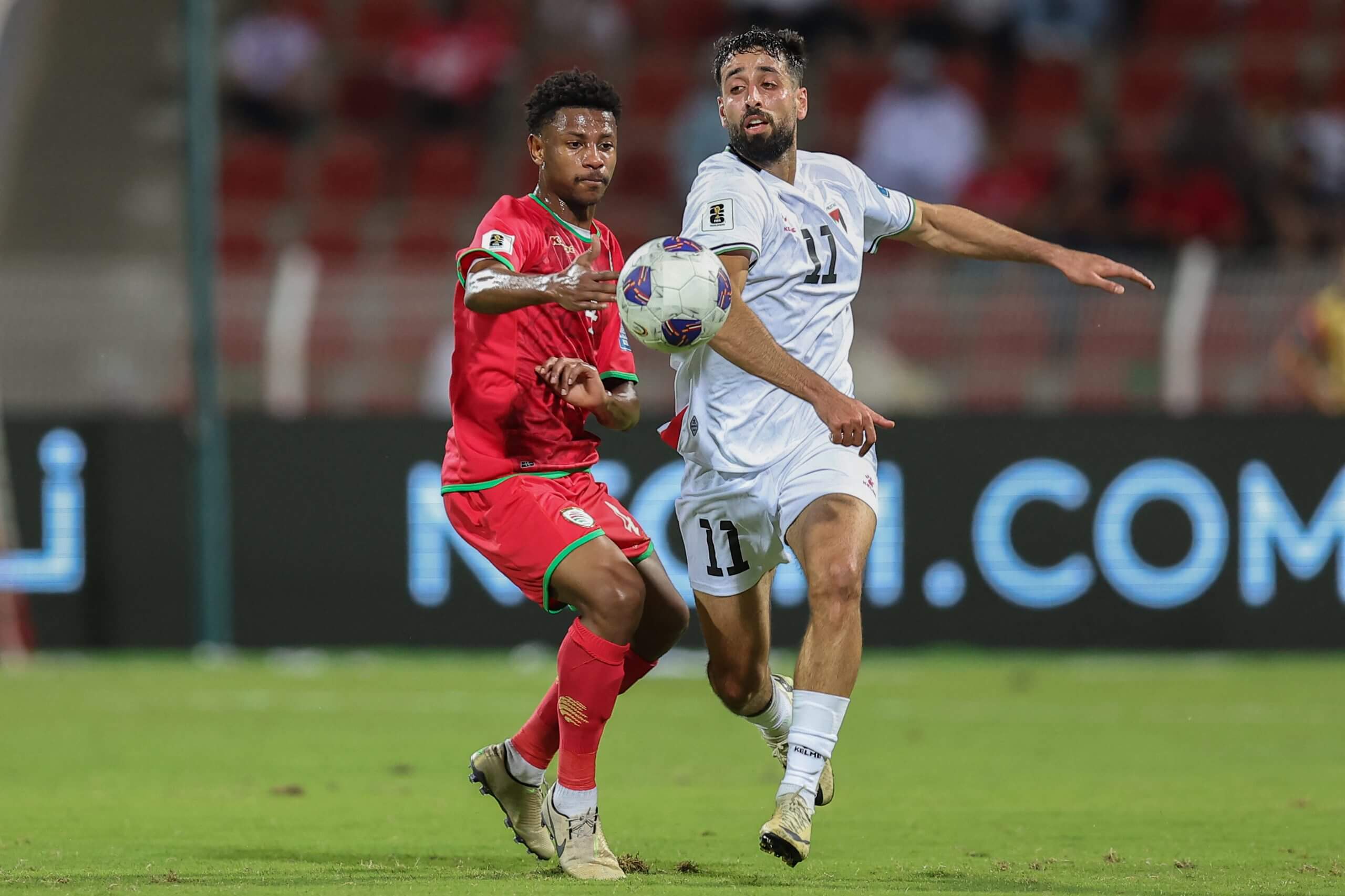
Palestine’s Oday Dabbagh helped take his country close to a historic qualification but fell short (Haitham Al-Shukairi/AFP via Getty Images)
The winners of these two groups — which will be two mini round-robin tournaments held in two undetermined central locations — will go through to the World Cup. The two runners-up will then meet in a two-leg play-off, and the winners of that will progress to the intercontinental play-offs that involve every confederation but Europe and will see two of the six teams involved eventually qualify.
North and Central America
Already qualified: Canada, Mexico, United States (all as co-hosts)
This is an unusual qualifying process for the Central and North American nations, given the confederation’s three teams who made it through to World Cup 2022 are co-hosting the finals and thus not involved.
Therefore, there are likely to be some fresh Concacaf faces in the 2026 tournament, although the qualifiers have some way to go yet. The second phase has just finished, in which 30 teams, split into six groups of five, were whittled down to 12, who now go into the third stage — three pools of four. The winners of those groups qualify outright, and the best two runners-up go into the big intercontinental play-off jamboree with one team each from Africa, Asia, Oceania and South America.
Previous qualifiers such as Trinidad and Tobago, Honduras, Costa Rica and Jamaica are safely through to the next round, but they will be joined by some potential first-timers, including Curacao, Suriname and Guatemala. Also in the third phase are Haiti, who have been to the big dance only once before, in 1974. This could present a potentially sticky diplomatic situation, given that Haiti is on the list of countries whose people are barred from travelling to the United States. Players, coaching staff and administrators are exempt from the ban but, as things stand, Haitian fans won’t be able to travel to the U.S., even if their team qualify.
South America
Teams that have already qualified: Argentina, Brazil, Ecuador
With six of the 10 teams qualifying automatically and a seventh going into the intercontinental play-offs, there’s even less jeopardy than usual in South America.
As such, Brazil could afford to have a nightmare, nationwide-existential-crisis-inducing first half to the campaign, which prompted them to summon Carlo Ancelotti as their new head coach, but still saunter through with two games to spare. They secured their spot by beating Paraguay 1-0 on Tuesday to join defending champions Argentina and Ecuador, with Uruguay and Paraguay requiring only a point from the remaining two games to punch their tickets.
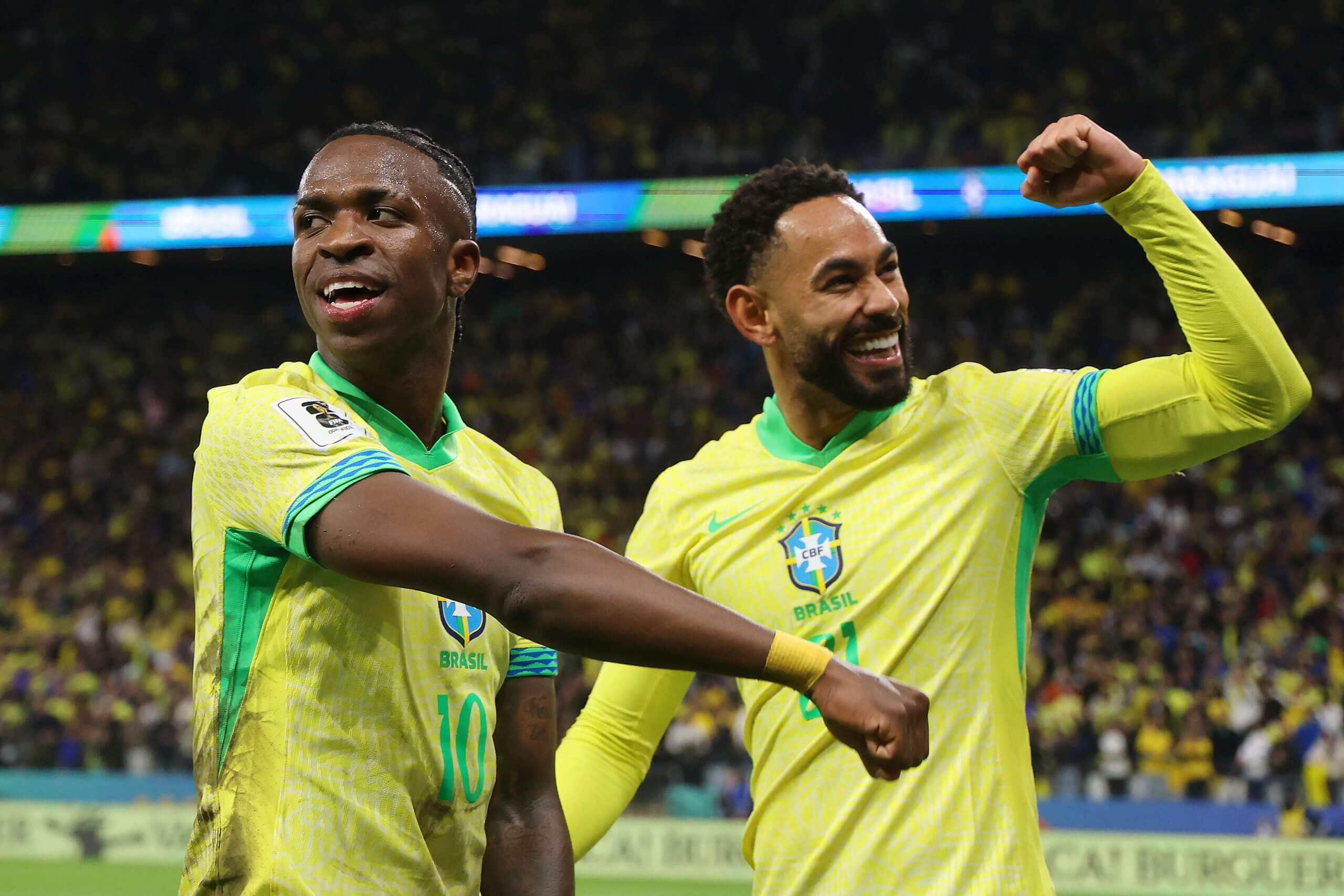
Brazil, featuring Vinicius Junior (left) and Mateus Cunha, overcame an early wobble to qualify (Wagner Meier/Getty Images)
Colombia are limping towards the line: with a four-point cushion over Venezuela in seventh, they should have enough to avoid those play-offs, but with just five wins from their 16 games, it hasn’t been a vintage campaign. The intercontinental play-off spot will almost certainly go to either Venezuela or Bolivia, but Peru, five points back, are clinging on with an outside chance.
The real disaster story of this campaign have been Chile. The 2015 and 2016 Copa America champions saw their faint hopes of sneaking into the play-offs disappear after losing 2-0 in Bolivia on Tuesday, with Ricardo Gareca leaving his role as head coach after the game. It is a fall from grace from their glory days but they have not qualified for a World Cup since 2014, so perhaps it is not a colossal surprise. “The ‘golden generation’ is buried, and I’m the only one left,” Alexis Sanchez, now 36, rather poignantly told ESPN.
Africa
Already qualified: None
No African team has yet sealed their spot at the tournament, but a few of the usual suspects are in good shape. Egypt, Morocco, Ivory Coast, Algeria and Tunisia all lead their groups, and at least a couple of them should seal their spots in the next round of games in September. There’s a potential story brewing in Group D, where Cape Verde are ahead of traditional big boys Cameroon: watch out for their meeting in Cape Verde on September 8.
There’s a story of a different kind in Group E, broadly because it’s an absolute mess. For starters, Eritrea withdrew from the qualifiers entirely, under instructions from the national government, which feared its players would defect/seek asylum if they were allowed to travel to other countries. Then in January, Congo was suspended by the Confederation of African football for government interference: two fixtures — against Zambia and Tanzania — were awarded as 3-0 defaults to the opposition and initially, the remainder of their games were cancelled. In May though, the suspension was lifted and Congo are at least free to play their remaining three qualifiers.
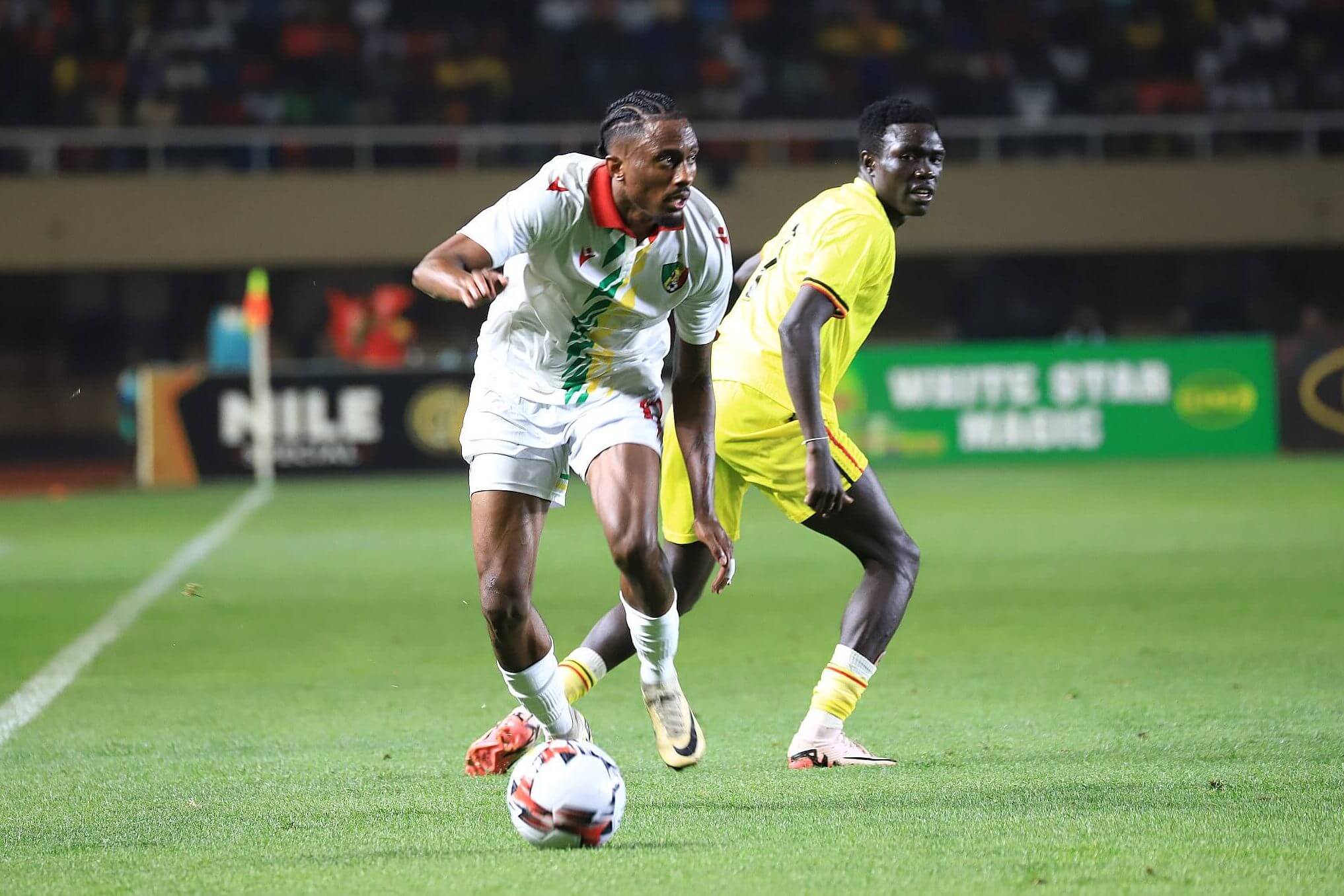
Congo will not compete at the 2026 World Cup (Hajarah Nalwadda/Xinhua via Getty Images)
There is more drama in Group C, where South Africa are expecting official word that they will suffer a three-point deduction for fielding a suspended player, Teboho Mokoena, in their win against Lesotho in March.
That might help out Nigeria, who are currently on course to miss a second World Cup in a row: they sit fourth in the group — behind South Africa, Rwanda and Benin — after six games, and even if they did climb up to second place, they might not make it into the confederation’s play-offs, which takes the four best runners-up and puts them into a mini tournament to win Africa’s place in the intercontinental play-offs.
Oceania
Already qualified: New Zealand
There was, in truth, very little tension or jeopardy in the Oceania qualifiers. In previous campaigns, Oceania (which does not include Australia, now part of the Asian confederation) has not been assured an automatic spot in the World Cup, with the winners of its qualifying competition only going through to the intercontinental play-offs. Now, with the expanded 48-team tournament, they get one guaranteed direct place.
In March, New Zealand confirmed that spot at the 2026 World Cup, beating New Caledonia 3-0 in the final of their qualifying bracket, thus reaching their first World Cup since 2010.
There is an outside chance two teams from Oceania could make it through, because New Caledonia’s consolation prize is a place in those intercontinental play-offs, which will see teams from four of the other five confederations (all apart from Europe) scrap it out for two World Cup spots.
The expansion of the World Cup field by 16 from 2022 is flawed in several ways, and you could easily argue that it should be about getting the best teams together, rather than as many of them as possible. But you have to admit it would be pretty wild if New Caledonia — a tiny group of islands in the Pacific Ocean roughly 750 miles (1,200km) east of Australia, with a population of under 300,000 and technically part of France — made it through, however unlikely.
(Top photo: Frederic J Brown/AFP via Getty Images)
Source link

